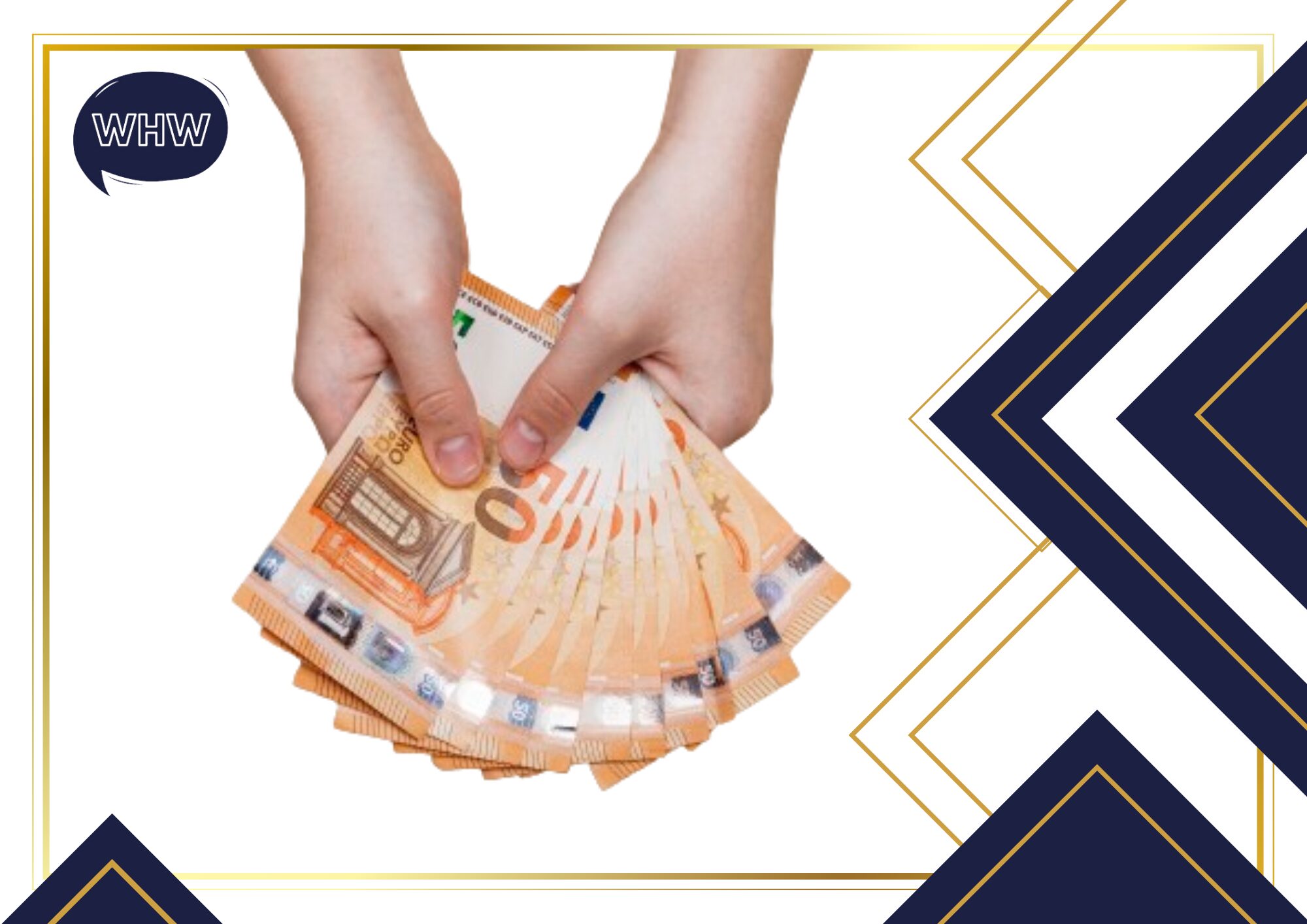How do i start investing?

Want to become a successful investor, who knows how to build wealth? It is a common assumption that you need to invest money and profit is all yours. No, it is not as easy as you think. At this time of inflation in Ireland, you have to pick a strategy to afford the bills and rents like you used to. So along with budgeting, you have to think about investing your money to double it.
So if you are getting started with investing your money but have some doubts. How to make an investment plan? What strategies should be followed and how much money should be invested as a first-time investor? You can get answers to all your questions in this article. And you can achieve your investment goals by following the steps given in the article.
-
The sooner you start, the higher be yield
No matter how much money you have, let’s get started with investing at a young age. You may think that how it’s possible. This era of the internet has made everything possible. There are many low-investment or zero-commission ideas for small amount investors. If you start investing at an early age, start with whatever you have. But if you start investing near your retirement then you have to invest a higher percentage of money.
No matter whether you are contributing €1000 per month for your investment or €100. Stay consistent and contribute as much money as you can. Let’s suppose you invest €200 for the next ten years, you will have €33,300 based on a 6% annual return. It takes decades to grow money. So start investing now.
-
Decide the investment goals
Your investment goals will let you decide how much money and how much time you can invest. Consider and define whether you are investing for long-term purposes or just to make an income.
So the ultimate goal is retirement, so the ideal is for you to invest at least 15% of your income annually. It will be better if you have a retirement account at work. Then the monthly bill will double according to the law. If you have some other goals like buying a house or a dream car, a world tour, etc, then save according to your requirements and how much time you have.
If you have a grip on your investment goal then you can easily determine the risk you can take and endure. Also, it will let you choose the investing account for you.
-
Choose investment vehicles
After setting your investment goals, now it’s time to select the investment account i.e. investment vehicle. But if you are a retired investor, who doesn’t have access to a retirement account sponsored by the employer. Then go for an individual retirement account, that has been issued by the government of Ireland.
If you have other goals than a retirement plan. Then you are not into retirement accounts, so go for a taxable brokerage account. That allows you to withdraw money anytime without paying any extra charges. The amazing thing about this account is that you can buy/sell stocks, ETFs, and mutual funds. There is no income limit, no criteria for how much you can invest, and when to withdraw.
Some of the best stock brokers in Ireland are EToro, Lightyear, DEGIRO Trade Republic, etc. They allow you to choose the account type that is convenient for your situation.
-
Calculation of investing money
Decided the investing goals and selected the investing vehicle? Now it’s time to calculate the amount you can invest in each account type. The amount of money is directly linked to your investment goals and in how much time do you want to achieve your goals?
For retirement goals, invest at least 15% of your income annually. Investing near retirement will require you to invest a higher percentage of money. Once you have done all the calculations. Now plan how to invest the money.
Some people invest all the money at once, or some prefer to invest the same amount over time cost averaging. Every option has its pros and cons. Go for one that suits you and your financial condition.
If you are a medium to long-term investor then Dollar Cost Averaging (DCA) goes well for you. It also makes sure that you are going closer to your investing goals by consistently purchasing at low and high trading prices. But sometimes you get higher returns, as the market continuously rises. So invest the amount according to the risk tolerance and time horizon of investment.
-
Measuring risk tolerance
Risk tolerance is described as the willingness of investors to take risks. The level of risk tolerance will also affect the assets that you include in your portfolio. But how can you increase risk tolerance and how to measure it? Risk tolerance survey questions are the best option. That lets you understand your risk tolerance.
If you have a conservative risk tolerance then your portfolio is in bond and cash. While people with aggressive risk tolerance have stock portfolios. Risk tolerance is your emotional ability to tolerate loss or failure. So it is a different concept from risk capacity.
-
Pick the investing strategy
There is no Master Of all types of things in investing. You have to go for one option because the type of investing is very much dependent on risk factors. It is also connected with investment goals. There are two main investing strategies, short-term and long-term investing.
Short term investing
Buying and selling done within months are considered as short-term investing. This type of investment replaces your income with revenue. But it is risky too, because the market does change after some time. Among the subcategories of short-term strategy are:
- Day trading;
- Swing trading.
Long term investing
Whatever happens in the market, a long-term strategy gives you chances and more time for compounding interest. There are many long-term investing strategies:
- Index investing;
- Value Investing;
- ESG investing;
- Dividend Investing.
-
Building portfolio
It’s time to build your portfolio. Because you have already determined your goals, risks, and strategies. Now move towards selecting the assets that help you in achieving your investment goals. Use the goal-based approach to build a portfolio. Which lets you make separate buckets for investing goals, risks, time horizon, and goal amount.
Some of the investments for your portfolio are:
- Stocks: assets that show ownership in a single company. Stocks are purchased from a single penny to thousands of Euros. If the company goes well your share value also increases.
- Bonds: Bonds are like a government loan, that you can take back after a specific time. It is not risky because you will get back the original amount along with profit.
- Mutual funds: mutual funds allow you to collectively fund to collection of bonds or stock. Some Mutual funds are managed actively while others are passive.
Final words
Investing amounts either short-term or long-term; will always increase your net worth. But you have to research all the risks, strategies, goals, and periods. This is the only way to multiply your wealth.





